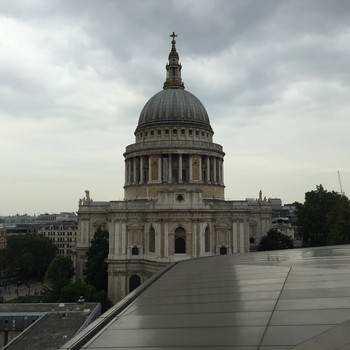Question #68599
2 Answers
Copper(II) carbonate (solid), when heated, forms copper(II) oxide (solid) and carbon dioxide (gas).
Explanation:
Copper(II) carbonate (solid), when heated, forms copper(II)oxide (solid) and carbon dioxide (gas).
First, the formation of a gas is one hit this is a chemical change.
The second hint, the chemical reaction cannot be reversed.
Depends how high a temperature you heat it to.....
Explanation:
Anything that results in a change to the chemical structure of the substance (i.e. a chemical reaction occurs and new substance/s are formed) is a chemical change.
So if you heat copper carbonate to a temperature below its temperature of decomposition, it is a phsyical change. If you take the copper carbonate to its temperature of decomposition, then its a chemical change.
Below the temperature of decomposition (~290 degrees celcius) you are simply changing the temperature of the compound. Once the temperature of decomposition is reached the copper carbonate breaks down into copper (II) oxide and carbon dioxide. So that's a chemical change.
Avoid getting sucked into the "physical changes are reversible, chemical changes are irreversible" nonsense. It is taught at schools, but it's factually incorrect. Many chemical reactions are reversible, but they're reactions, so they're still chemical changes. It is the basis of chemical equilibrium!



